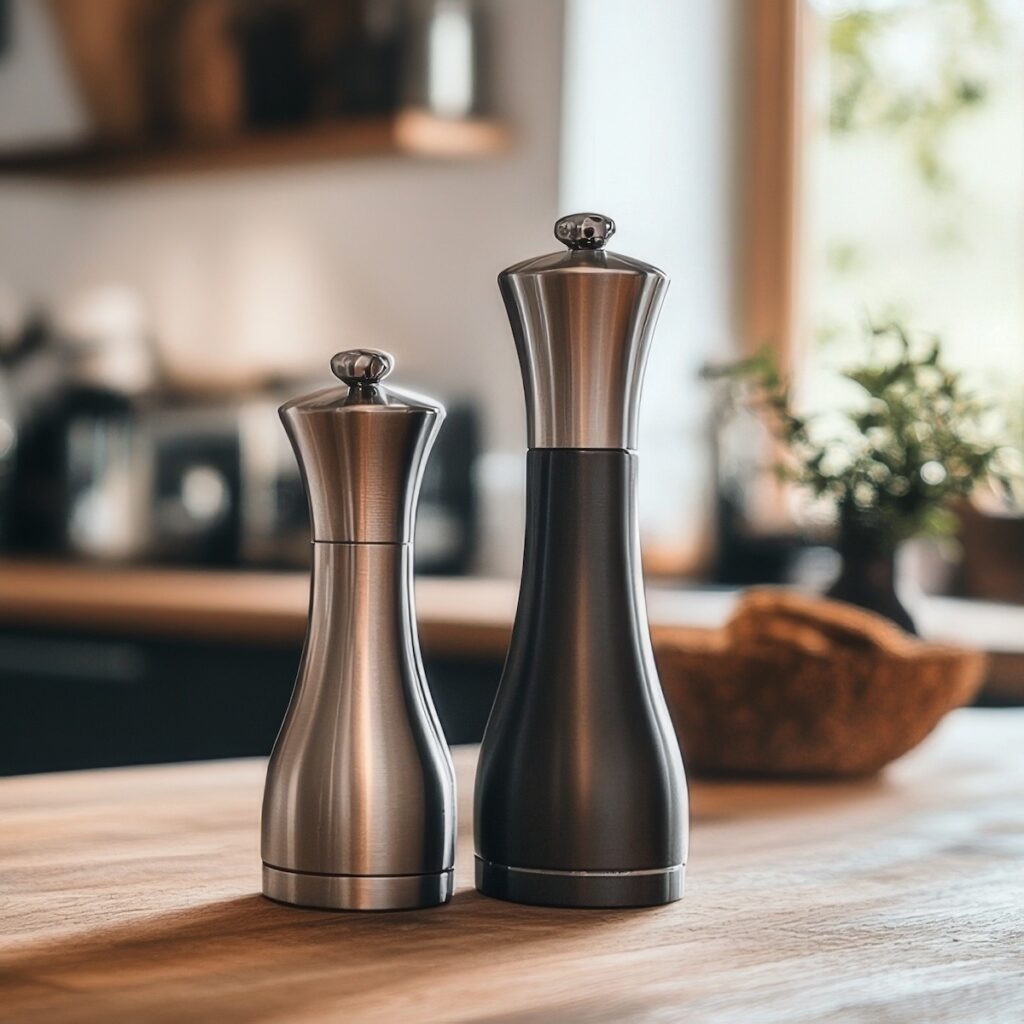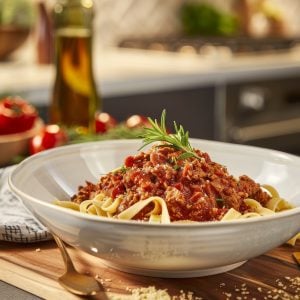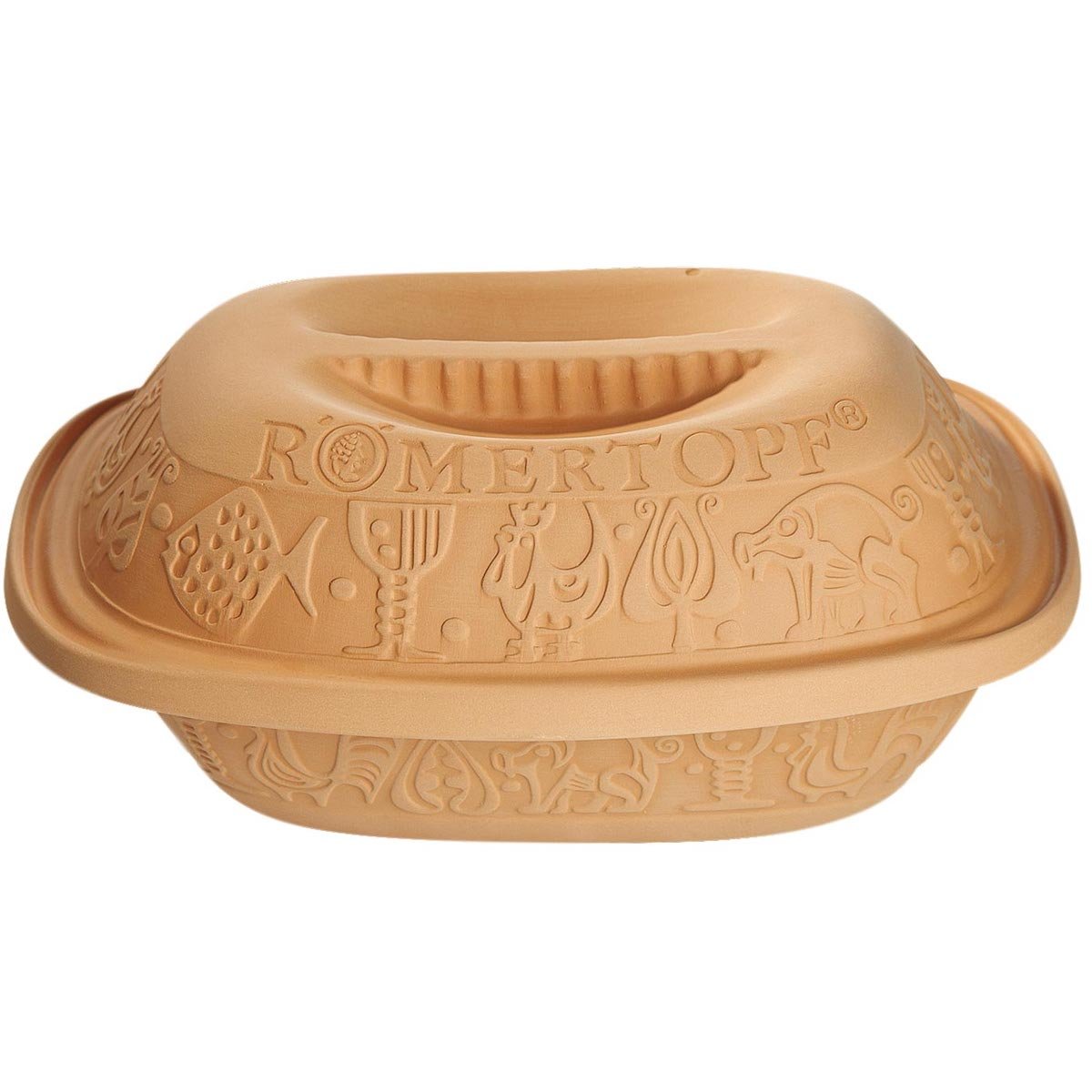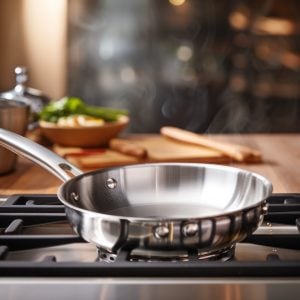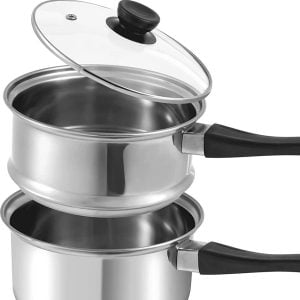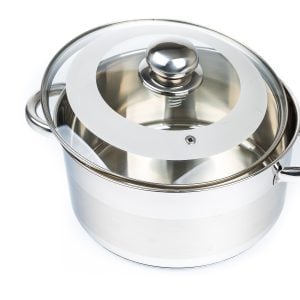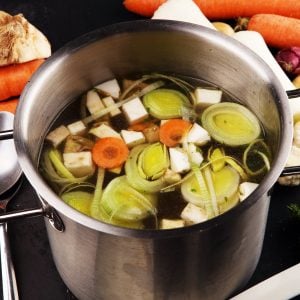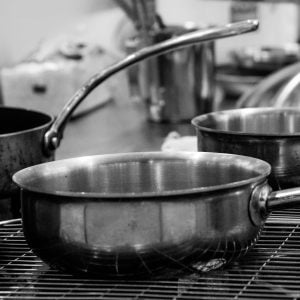What Is the Difference Between a Salt Mill & Pepper Mill?
Pepper and salt mills are both essential kitchen tools, but they differ in design, functionality, and materials, catering to the unique characteristics of pepper and salt.
Firstly, the grinding mechanism is a primary differentiator. Pepper mills typically feature a burr grinder, which consists of two abrasive surfaces rotating against each other to crush and grind peppercorns. This design allows for adjustable coarseness levels, enabling users to customize the size of the pepper particles according to their preferences.
On the other hand, salt mills usually employ a ceramic grinder mechanism. Unlike peppercorns, which are relatively soft, salt crystals are harder and more prone to corrosion. Ceramic grinders are more resistant to corrosion from salt and provide a consistent grind size, ensuring uniform distribution of salt in dishes.
Construction
Another distinction lies in the materials used for construction. Pepper mills are commonly crafted from wood, stainless steel, or acrylic. These materials offer durability and aesthetic appeal, with wooden mills often adding a touch of elegance to the dining table.
Salt mills, on the other hand, are predominantly made from materials that resist corrosion caused by salt, such as ceramic, stainless steel, or acrylic. Ceramic salt mills are particularly popular due to their non-reactive nature, preserving the integrity of the salt and preventing contamination.
Furthermore, the design and placement of the grinding mechanisms vary between pepper and salt mills. Pepper mills typically have a grinding mechanism at the top, allowing users to grind directly onto food with precision and control.
This design prevents pepper residue from collecting on surfaces, maintaining cleanliness during use. In contrast, salt mills often feature a grinding mechanism at the bottom to prevent salt particles from corroding the mill’s metal components. Additionally, salt mills may incorporate a protective cap or lid to shield the grinding mechanism and prevent moisture from affecting the salt’s texture.
Maintenance
In terms of maintenance, pepper and salt mills require occasional cleaning to remove residue and maintain optimal performance. Pepper mills can be cleaned by disassembling the components and wiping them with a damp cloth, while salt mills may require more frequent cleaning due to salt residue buildup. However, ceramic salt mills are less prone to corrosion and may require less maintenance than their metal counterparts.
While pepper and salt mills serve a similar purpose of grinding spices, they differ in design, functionality, and materials to accommodate the unique characteristics of pepper and salt. Understanding these differences can help users choose the right mill for their culinary needs and enhance their cooking experience.
Pepper Mill
Keeping your pepper mill clean and well-maintained ensures its longevity and optimal performance. Here are several ways to keep your pepper mill in good shape:
- Regular Cleaning: Clean your pepper mill regularly to prevent the buildup of pepper residue and maintain its functionality. Wipe the mill’s exterior with a damp cloth to remove dust or grime.
- Empty and Refill: Avoid leaving peppercorns in the mill for extended periods, especially in humid environments, as this can lead to clogging and deterioration of the grinding mechanism. Empty the mill when unused and refill it with fresh peppercorns as needed.
- Use Dry Peppercorns: Moisture can cause peppercorns to swell and clog the grinding mechanism. To prevent damage to the mill, use dry peppercorns and avoid grinding wet or damp spices.
- Adjust Coarseness Settings: Adjust the coarseness settings of your pepper mill according to your preference and the type of dish you’re preparing. Avoid setting the grinder too fine, as this can increase the risk of clogging.
- Avoid Excessive Force: Apply gentle pressure when grinding peppercorns to prevent strain on the grinding mechanism. Excessive force can lead to premature wear and tear of the mill.
- Store Properly: Store your pepper mill in a dry, cool place away from direct sunlight and moisture. Avoid storing it near the stove or sink, where it may be exposed to heat or steam.
- Occasional Disassembly: Periodically disassemble your pepper mill to clean the internal components thoroughly. Follow the manufacturer’s instructions for disassembly and reassembly to avoid damaging the mill.
- Use a Soft Brush: Use a soft-bristled brush, such as a pastry brush or a small paintbrush, to remove any trapped pepper particles from the grinding mechanism and other hard-to-reach areas.
- Avoid Dishwashers: Most pepper mills are not dishwasher-safe, as exposure to water and detergents can damage the mill’s components. Hand wash the mill with mild soap and water when necessary, and dry it thoroughly before reassembling.
- Inspect for Damage: Regularly inspect your pepper mill for signs of damage or wear, such as cracks, chips, or misalignment. Address any issues promptly to prevent further damage and ensure continued functionality.
Salt Mill
Maintaining your salt mill is crucial for its longevity and effectiveness in seasoning your dishes. Here are several ways to keep your salt mill clean and in good shape:
- Choose the Right Salt: Opt for high-quality, dry salts like sea salt or kosher salt. Avoid using moist or flavored salts, which can cause clogging and corrosion in the mill.
- Regular Cleaning: Clean your salt mill regularly to prevent salt residue buildup and maintain its performance. Wipe the mill’s exterior with a damp cloth to remove any dust or debris.
- Empty and Refill: Avoid leaving salt in the mill for extended periods, as moisture can cause clumping and corrosion. Empty the mill when not used and refill it with fresh salt as needed.
- Keep it Dry: Moisture is the enemy of salt mills. Store your salt mill in a dry environment away from the stove or sink to prevent exposure to steam and humidity, which can cause corrosion.
- Avoid Excessive Force: Apply gentle pressure when grinding salt to avoid strain on the grinding mechanism. Excessive force can lead to premature wear and tear of the mill.
- Use a Soft Brush: Use a soft-bristled brush, such as a pastry brush or a small paintbrush, to remove any trapped salt particles from the grinding mechanism and other hard-to-reach areas.
- Avoid Dishwashers: Most salt mills are not dishwasher-safe, as exposure to water and detergents can damage the mill’s components. Hand wash the mill with mild soap and water when necessary, and dry it thoroughly before reassembling.
- Inspect for Damage: Regularly inspect your salt mill for signs of damage or wear, such as corrosion, rust, or misalignment. Address any issues promptly to prevent further damage and ensure continued functionality.
- Consider Ceramic Grinders: If purchasing a new salt mill or replacing the grinder mechanism, consider opting for a ceramic grinder. Ceramic grinders are more resistant to salt corrosion and provide a consistent grind size.
- Store Properly: When not used, store your salt mill in a cool, dry place, preferably in a cabinet or pantry. Avoid exposing it to direct sunlight or extreme temperatures, affecting its performance.
Do You Really Even Need a Salt Mill?
Using a salt mill offers several advantages that make it a valuable tool in the kitchen:
- Controlled Grinding: A salt mill allows you to control the coarseness of the salt particles. Different dishes and personal preferences may require varying levels of salt coarseness, and a salt mill enables you to adjust the grind size accordingly.
- Freshness: Grinding salt freshly before using it helps preserve its flavor and aroma. Pre-ground salt can lose potency over time, whereas grinding salt on demand ensures you’re using the freshest seasoning possible.
- Uniform Dispersion: Grinding salt with a mill results in uniform particle sizes, ensuring an even salt distribution throughout your dishes. This uniform dispersion helps achieve balanced seasoning and enhances the overall flavor profile of your food.
- Texture: Freshly ground salt can add a pleasant crunch or subtle texture to dishes, enhancing the dining experience. Whether sprinkled over a salad, grilled meat, or roasted vegetables, freshly ground salt can elevate the texture of the dish.
- Versatility: A salt mill can be used with various salts, including sea salt, kosher salt, Himalayan pink salt, and flavored salts. This versatility allows you to experiment with different salt varieties and flavors to complement various cuisines and dishes.
- Presentation: Using a salt mill adds a touch of elegance and sophistication to your dining table. It allows guests to grind their salt according to their preference freshly, enhancing the dining experience and making mealtime more interactive.
What About Pink or Green Peppercorns?
Pink and green peppercorns are softer and more delicate compared to black peppercorns. While they are less likely to cause clogging issues in a pepper mill, they can still pose some challenges depending on the mill’s specific design and the peppercorns’ moisture content.
Here are some considerations regarding pink and green peppercorns in pepper mills:
- Moisture Content: Pink and green peppercorns may have a higher moisture content than black peppercorns, especially if preserved in brine or vinegar. Excess moisture can lead to clumping and clogging in the mill’s grinding mechanism.
- Grind Size: Pink and green peppercorns’ softer texture means they may require less force to grind than black peppercorns. Adjusting the coarseness setting on the mill to a finer grind may help prevent clogging and ensure a smooth grinding process.
- Cleaning and Maintenance: Regular pepper mill cleaning and maintenance are essential when using pink and green peppercorns. Wiping the mill with a dry cloth after each use and periodically disassembling it for thorough cleaning can help prevent residue buildup and maintain optimal performance.
- Quality of the Mill: The quality and design of the pepper mill can also impact its ability to grind pink and green peppercorns effectively. Mills with sturdy construction and high-quality grinding mechanisms are less likely to encounter issues with clogging.
- Usage Frequency: If you infrequently use pink and green peppercorns in your mill, it’s advisable to clean the mill thoroughly before and after each use to prevent any potential residue buildup.
While pink and green peppercorns may pose some risk of clogging in a pepper mill due to their softer texture and higher moisture content, proper cleaning, adjustment of grind settings, and selection of a high-quality mill can help mitigate these challenges and ensure a smooth grinding experience.

